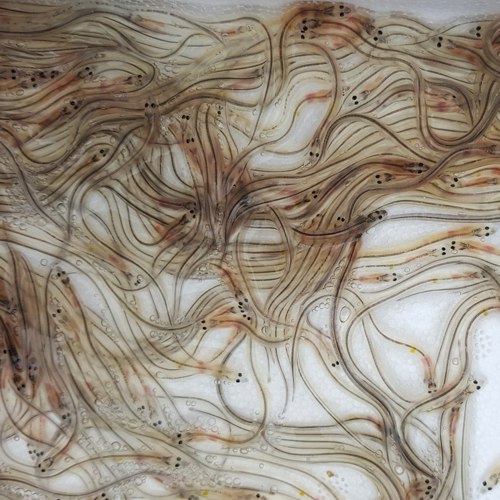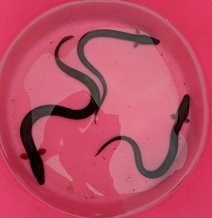The impressive life cycle of the European eel
The River Leven and Loch Leven has a long history with the eel dating back as far as 1573, when there was a fishery at Loch Leven that caught eels that sustained the surrounding town and villages, as well as for trade. Eels were used across the UK for food by fishermen but also as currency to pay for rent of land and even the construction of buildings.
Now the eel does not play such an integral part in our communities, but should still be remembered for their contribution they have played throughout history.
The European eel has an astonishing life cycle and is the only European fish species that leave the coast to spawn in the sea. Starting as an egg in the Sargasso Sea in the Atlantic (4,000 miles from its home) and then hatching into the larval form know as a leptocephali, they travel for over a year on ocean currents. Unlike salmon, they have no homing instinct and the river they return to is dictated by currents.
At this stage, the eel is shaped like a willow leaf helping it drift towards Europe. As these young eels arrive at our coastline, they start to look a bit more like the eel we know, but completely transparent. The flat leaf shape compresses and the body takes a cylindrical shape. This is the glass eel stage.

 Now the eel has reached the coast most can start their battle upstream into freshwater although some eels will remain in coastal water. At this point, the eel starts to gain pigment and these are known as elvers. Life in freshwater is long and eels can often spend decades in rivers, streams and still waters as a yellow eel where they feed on a wide range of food including insects and fish. This is what most people (if you are lucky) see when spotting eels in the wild.
Now the eel has reached the coast most can start their battle upstream into freshwater although some eels will remain in coastal water. At this point, the eel starts to gain pigment and these are known as elvers. Life in freshwater is long and eels can often spend decades in rivers, streams and still waters as a yellow eel where they feed on a wide range of food including insects and fish. This is what most people (if you are lucky) see when spotting eels in the wild.
The final and most impressive stage is the silver eel stage. The name comes from the belly of the eel changing to a silver colour. Other changes include the eyes doubling in size, the pectoral fin growing larger and wider, and the digestive system shutting down to dedicate energy to the development of sexual organs. All these incredible changes to the eels body makes it suited to its mammoth journey back to the Sargasso Sea to spawn. These silver eels never return back after spawning at sea.